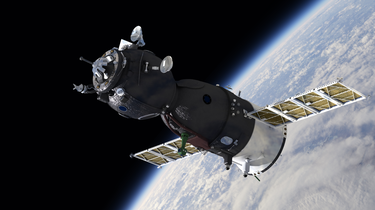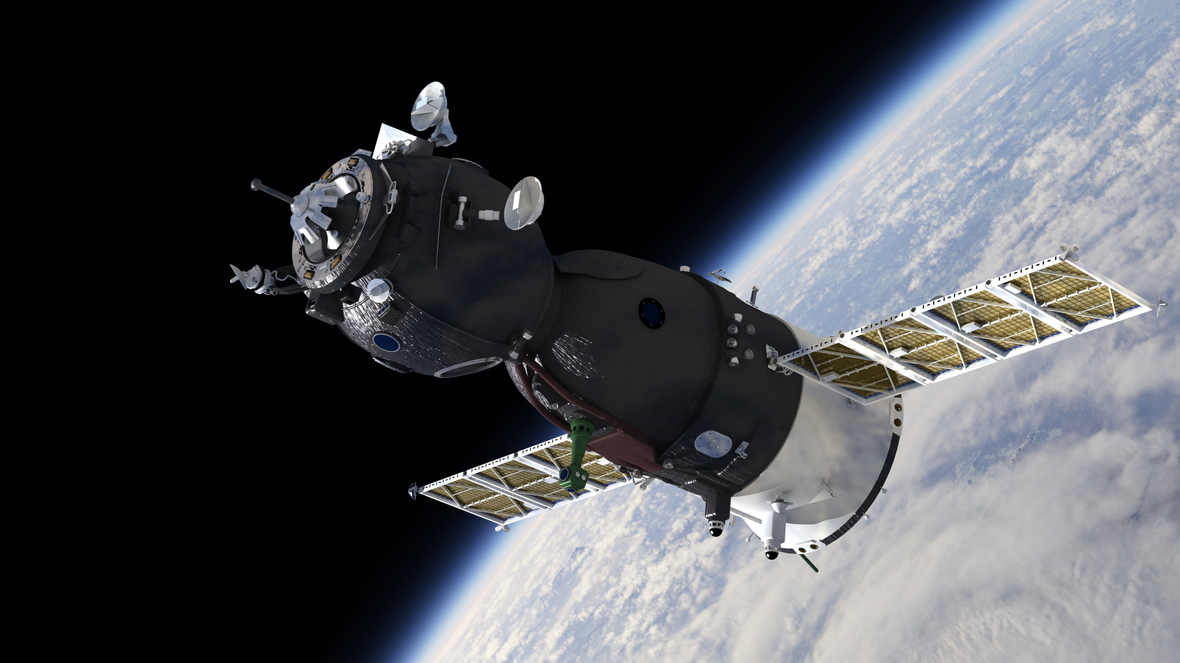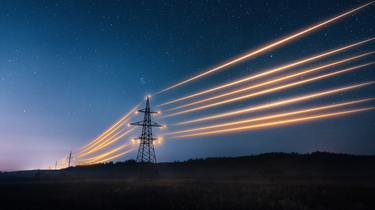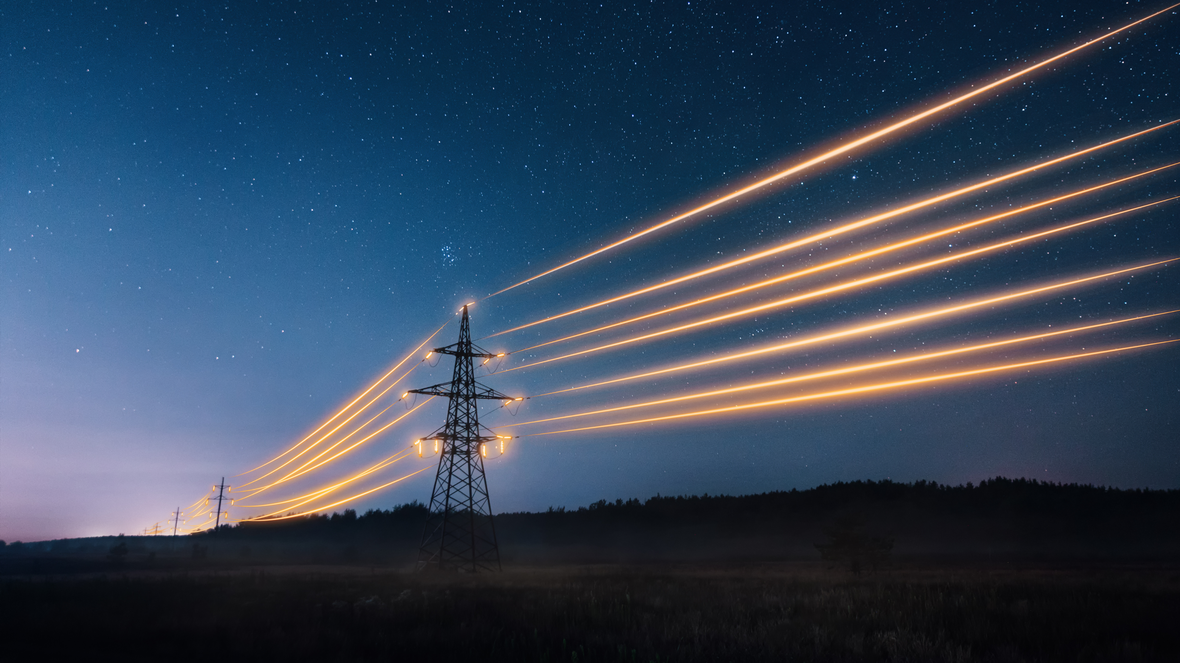How AI is shaping climate science and sustainable solutions

A few years ago, a satellite passed over a remote stretch of desert and detected something unusual. It was not a sandstorm or a geological anomaly, but a faint plume of methane gas drifting from a pipeline. The signal was weak, almost lost in the noise of atmospheric data. Yet, an algorithm, trained on thousands of similar satellite images, flagged it as a potential leak. This quiet observation, made by a machine hundreds of miles above Earth, represents a profound shift in how we approach our planet’s most urgent challenges.
We often think of artificial intelligence (AI) in terms of chatbots or self-driving cars, but its most significant impact may be unfolding in a less visible domain. Scientists, engineers, and policymakers are increasingly turning to AI to understand and combat climate change. By processing vast amounts of data far beyond human capacity, AI is helping us model our planet’s future, make our energy systems smarter, and invent new ways to live sustainably.


This is not a story about a silver bullet solution. AI is not a magical fix for a complex problem rooted in human behavior and industrial history. Instead, this is about a powerful new lens through which we can see our world more clearly. It is about augmenting human intelligence to make better, faster decisions on a planetary scale. From the vastness of the Antarctic ice sheets to the circuitry of a single solar panel, AI is becoming an indispensable partner in the quest for a sustainable future.
Seeing the big picture with climate models
Understanding climate change begins with understanding the climate system itself, a web of mind-boggling complexity. For decades, scientists have built climate models to simulate the interactions between the atmosphere, oceans, land, and ice. These models are our best tools for predicting future warming, sea level rise, and extreme weather events. However, their accuracy is limited by the sheer computational power required to capture every variable.
This is where AI, specifically machine learning, comes in. Traditional models rely on equations derived from the laws of physics. Machine learning models, on the other hand, learn directly from data. By feeding them decades of climate observations, from satellite imagery to ocean temperature readings, these AI systems can identify patterns and relationships that are too subtle or complex for humans to code manually.
The result is not a replacement for physics-based models but a powerful enhancement. AI can help refine existing simulations, correcting for known biases or filling in gaps where data is scarce. For example, modeling the behavior of clouds has long been a major challenge for climate scientists.
Machine learning algorithms can analyze satellite images of clouds and correlate them with atmospheric conditions. This allows them to learn the intricate rules governing cloud formation and behavior. This knowledge can then be integrated into larger climate models, leading to more reliable climate predictions.
A digital twin of our planet
The ultimate goal for many researchers is to create a digital twin of Earth. This would be a continuously updated, high-resolution simulation of our planet, powered by real-time data and AI. Such a model could forecast the impact of specific climate policies before they are implemented.
Projects like Europe’s Destination Earth initiative are already working toward this goal. They are combining supercomputing power with advanced AI to create a dynamic digital replica of the planet. This could simulate the path of a hurricane, or model the long-term effects of melting glaciers on global sea levels.


Making our energy systems smarter
Roughly two-thirds of global greenhouse gas emissions come from our energy system. Making it cleaner and more efficient is therefore one of the most critical steps in addressing climate change. The transition to renewable energy sources like wind and solar is well underway, but it comes with a significant challenge: intermittency.
Managing a power grid that relies on these variable sources requires a delicate balancing act. AI algorithms can forecast energy production from renewable sources with remarkable accuracy. They analyze weather data, satellite imagery, and historical performance to predict how much electricity a wind farm or solar array will generate.
This forecasting ability is a game changer for grid operators. It helps stabilize the grid, reduce waste, and make renewable energy integration smoother.
Optimizing demand and reducing waste
Beyond supply, AI is helping to optimize energy demand. Smart grids use AI to communicate with appliances, electric vehicles, and buildings, making automated adjustments that reduce energy waste.


Inventing a sustainable future
AI in materials science is driving breakthroughs in batteries, solar cells, and carbon capture. In agriculture, precision farming uses AI, drones, and satellites to optimize water use, reduce fertilizer, and cut pesticides.
The challenges and responsibilities of using AI
While the potential of AI for climate change is immense, it comes with challenges. Training large AI models consumes vast amounts of energy. There are also risks of rebound effects, such as AI being used to discover new fossil fuel reserves.
Efforts toward green AI—developing energy-efficient algorithms, building sustainable data centers, and ensuring open data platforms—are crucial.
Related: Learn more about concerns around AI use in Is AI safe? Security, privacy and ethics with Artificial Intelligence.
A partner in planetary stewardship
The quiet hum of a server analyzing satellite data for a methane leak is a sound of hope. AI is not a savior, but it is a powerful amplifier of human effort. It allows us to see our planet more clearly, manage resources more wisely, and innovate more quickly.
From climate models to materials science, AI is weaving itself into the fabric of our response to climate change. Used wisely, it can help us become better stewards of our planet.
Related articles
You deserve a better browser


Press Contacts!
Our press team loves working with journalists from around the world. If you’re a member of the media and would like to talk, please get in touch with us by sending an email to one of our team members or to press-team@opera.com



